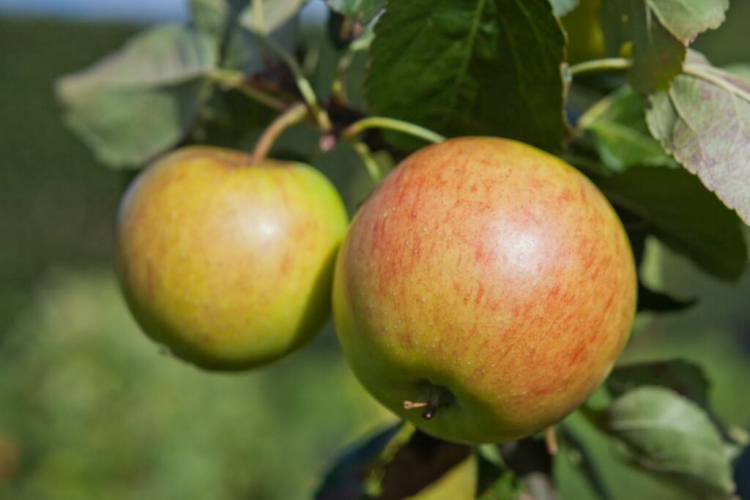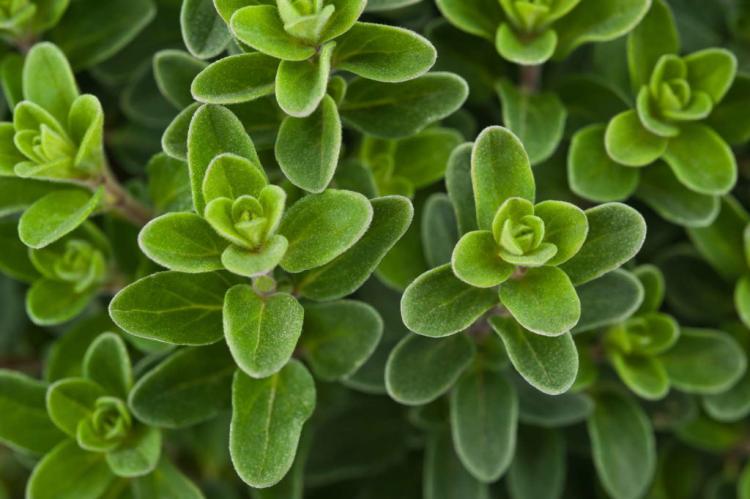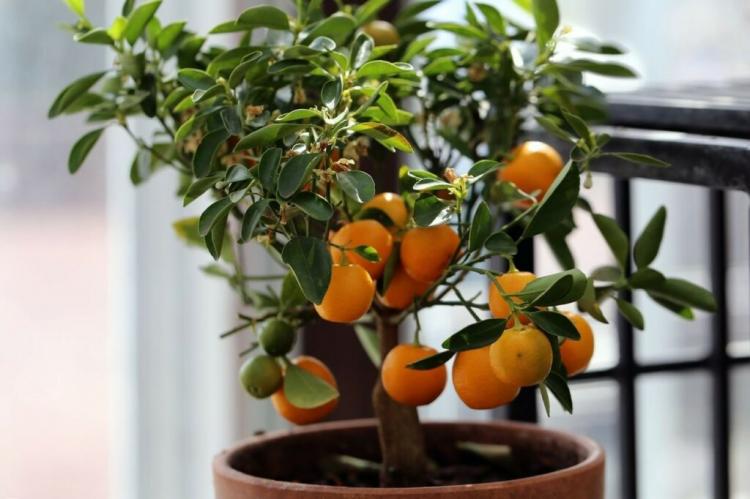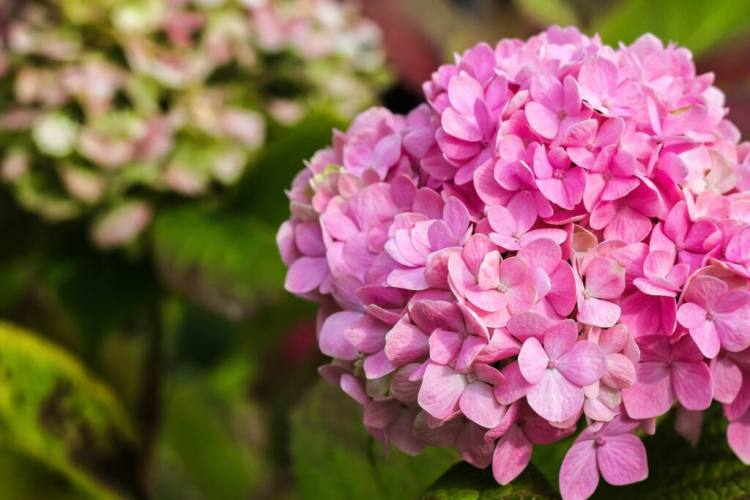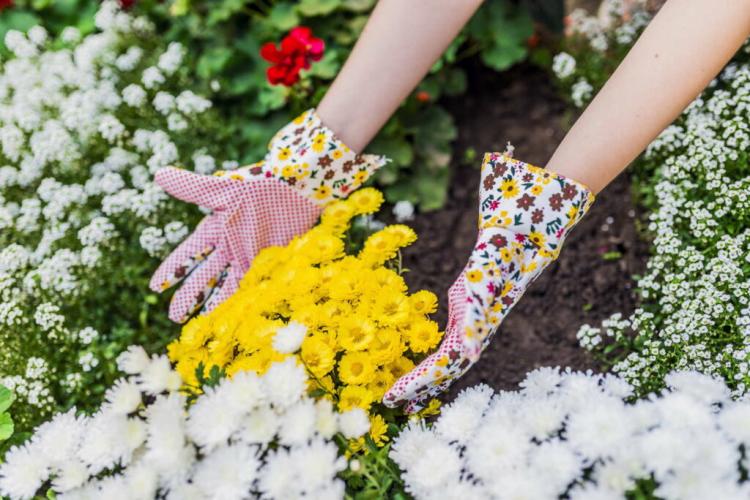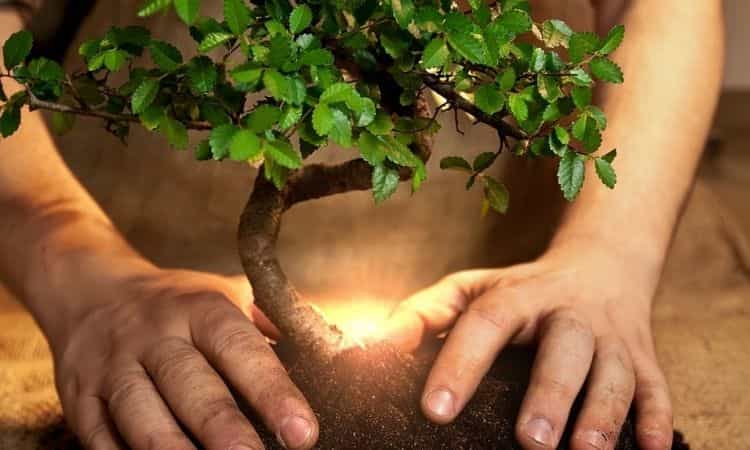Apple ‘James Grieve’: Cultivation, Harvest And Uses
The apple James Grieve has many qualities for successful cultivation in the home garden. Because of its thin skin, the variety cannot be found in the supermarket. However, we will show you how to grow the delicious apple variety in the garden.
The summer apple ‘James Grieve’ can be cultivated in many locations and is popular in home gardens. In commercial cultivation, it was not able to establish itself because of its pressure sensitivity and thus poor storage and transportability. So you won’t find this variety in the supermarket. ‘James Grieve’ wears a lot and regularly and can be used in many ways – so the variety is rightly considered an all-rounder for hobby gardeners.
Apple ‘James Grieve’: profile
Table of Contents
| fruit | medium to large in size; yellow-green basic color with orange-red grained body-color |
| taste | juicy, sweet, spicy |
| Yield | high |
| Harvest time | End of August to mid-September |
| Ripe for enjoyment | Late August to late September |
| Shelf life | bad; storable until the end of October |
| growth | initially moderate, later weak; a lot of fruitwood |
| climate | low demands; Wind protection in frost-prone and draughty places |
| Diseases and pests | prone to fire blight; susceptible to blood aphids, aphids, red spider, fruit tree cancer, monilia fruit rot in very poor locations |
James Grieve Apple: History and Origin
A passionate apple breeder and grower named James Grieve raised young plants from seeds of the ‘Potts Seedling’ variety near Edinburgh around 1875. Various sources suspect the tasty ‘Cox Orange’ variety to be the pollinator, but this is not certain. From 1880 onwards, the local Dickson Nursery began distributing the new ‘James Grieve’ and it quickly grew in popularity. It was not until 1893 that the apple was officially registered as a variety.
Properties and taste of the apple variety ‘James Grieve’
The James Grieve apple is medium to large in size, and sometimes very large. Its shape is tall or spherical and usually quite regular, without dents or strong ribs. The peel is thin, tender, and slightly greasy. The base color is yellow-green, the surface color is textured orange-red, and only takes up 20 to 50% of the skin’s surface. The opaque color is washed out, streaked, or spotted and only turns dark red with very good exposure and in warm regions. The shell is sensitive to pressure.
The flesh is light, yellowish-white, and soft. When you bite into it, it becomes juicy, sweet, and spicy, while the acidity is almost completely absent. After a long period of storage, ‘James Grieve’ tastes floury.
You May Also Like Are Apples Fruit?
Cultivation and care: one should pay attention to this
With a little care, the apple tree ‘James Grieve’ is a very reliable and richly bearing tree.
It grows moderately in youth, later vegetative growth is immensely slowed down by the heavy curtain of apples. The natural crown shape is broadly pyramidal and stocky with few branches. A lot of fruitwood is formed so that whisk wood can soon be found everywhere in the crown. Unfortunately, this only produces small fruits. The variety tends to be exhausted and needs to be kept vital through regular tapering cuts.
To counteract aging and exhaustion, a substrate with at least medium growth (e.g. M7, MM106) should be selected. For high stems, it should be a strong growing rootstock (like M11 or seedlings). Underlay A2 is suitable for upbringing as a bush tree.
Soils that are perfectly suitable for the apple variety ‘James Grieve’ are rich in nutrients and sufficiently moist. But less optimal locations are also well tolerated. The demands on the climate are low: it can be warm, but also a little cooler. A windbreak, such as a thick hedge or building, should be available in very cold, drafty, and frost-prone locations.
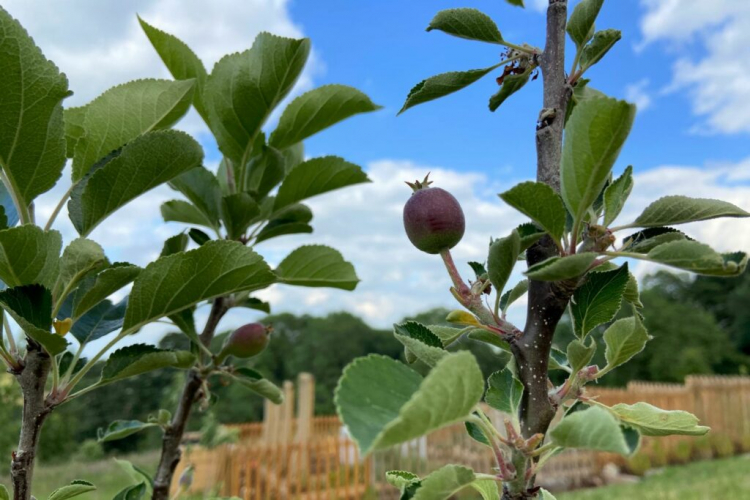
The blossom of the apple tree ‘James Grieve’ opens mid-early in the year, lasts a long time and is hardly sensitive to frost. It is well fertilized by the varieties’ Privy Councilor Dr. Oldenburg ‘,’ Freiherr von Berlepsch ‘,’ Goldparmäne ‘,’ Boikenapfel ‘,’ Klarapfel ‘and’ Glockenapfel ‘.
Rejuvenating pruning is part of the regular maintenance of the ‘James Grieve’ apple tree. This repeatedly provokes new vegetative growth and thus counteracts aging. An annual average is useful, but not necessary. If the tree sets extremely many fruits, at least half of them should be removed in May / June. This thinning prevent the intensification of the alternation. Alternating apple trees bear a lot of and then almost no fruit every year.
Diseases are basically not an important issue when growing ‘James Grieve’ because it is robust and resilient. However, there is a susceptibility to the notifiable fire blight. In very unfavorable locations, blood lice, aphids, red spiders, fruit tree cancers and Monilia fruit rot can also occur more frequently.
Harvest time and uses of the James Grieve apple
The James Grieve apples are ready to be picked between the end of August and mid-September and can also be enjoyed straight from the tree. Because the fruits are not all ripe at the same time, harvesting is ongoing. The James Grieve apples reach their best taste no later than two weeks after the harvest. In the cool cellar store, the fruits can unfortunately only be stored until about mid to late October, after which there is more and more brown and wilted meat. It is, therefore, better to process all fruits into puree, cake, or juice soon.
Choosing easy-care, robust fruit trees saves a lot of work and sometimes frustration in the garden. The same applies to the entire garden: A natural garden full of native and robust plants and with a variety of habitats is the best option for anyone who wants to find less work and more relaxation in the garden.
You Might Like: Is An Apple A Fruit?
